You’ve been experiencing persistent pain in your buttock and leg, and after some research, you stumble upon a condition called piriformis syndrome. Curious to understand the cause, you might begin to wonder if weak glutes could be responsible for this uncomfortable experience.
In this article, we will delve into the connection between weak glutes and piriformis syndrome, exploring the potential role of these muscles in causing or exacerbating the condition.
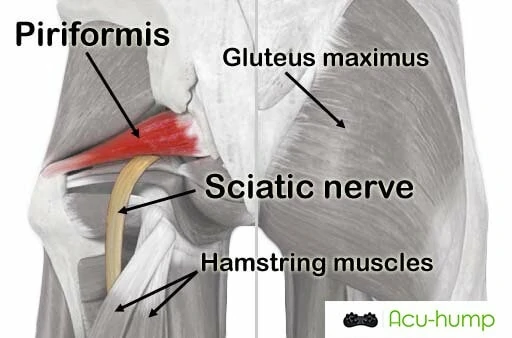
What is Piriformis Syndrome
Piriformis syndrome is a painful condition characterized by the compression or irritation of the sciatic nerve in the buttock area. While the exact cause of the syndrome is not always clear, it is often attributed to factors such as muscle imbalances, trauma, or overuse.
Common piriformis syndrome symptoms include buttock pain, radiating pain down the leg, numbness, and difficulty sitting or walking comfortably. However, diagnosing piriformis syndrome can be challenging, as its symptoms often overlap with other conditions like lumbar radiculopathy or hip problems.
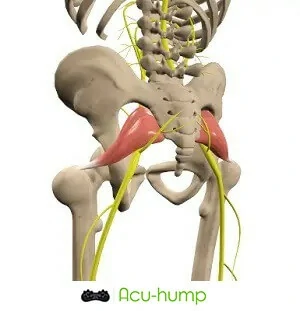
Exploring the Role of Gluteal Muscles
Ah, the gluteal muscles – the powerhouse behind a strong, sculpted posterior!
Comprising the gluteus maximus, medius, and minimus, these muscles play a crucial role in stabilizing the pelvis, maintaining optimal posture, and supporting various movements, such as walking, running, and squatting. However, weak gluteal muscles can disrupt this harmonious system, leading to muscle imbalances and postural deviations that may contribute to the development of piriformis syndrome.
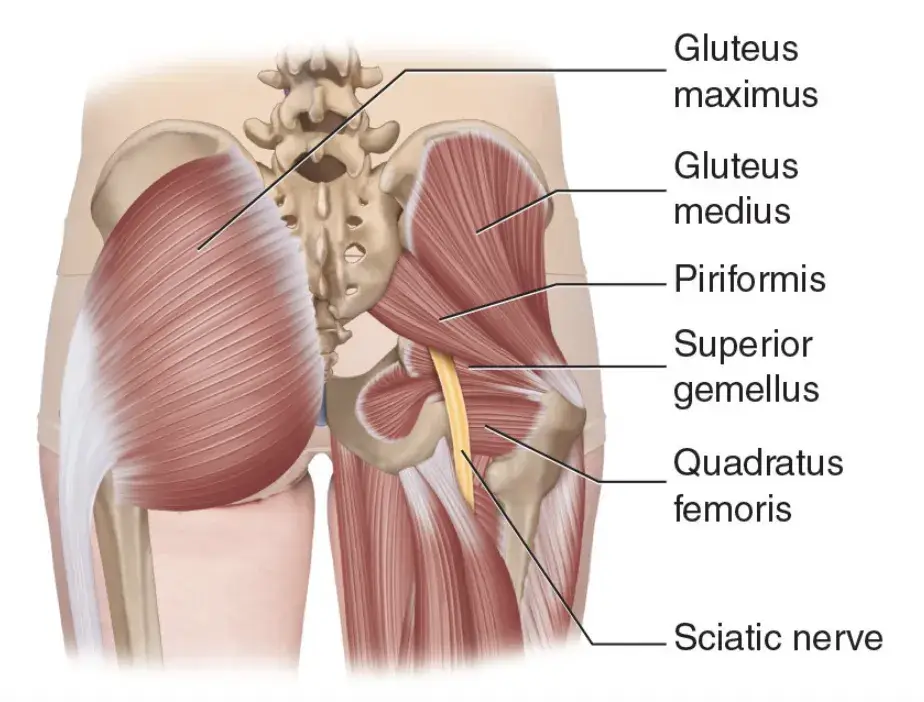
The Mechanism Behind the Connection
Now, let’s uncover the mechanism that ties weak glutes to piriformis syndrome. Biomechanically speaking, the piriformis muscle, along with the gluteal muscles, works in sync to control hip rotation and maintain pelvic stability.
When the glutes are weakened or underactive, the burden of stabilizing the hip joint and supporting daily movements falls disproportionately on the piriformis muscle. This increased demand can lead to muscle fatigue, tension, or spasms, ultimately compressing the sciatic nerve and triggering the symptoms of piriformis syndrome.
Strengthening the Glutes for Prevention and Treatment
To prevent or alleviate piriformis syndrome, it is crucial to target the root cause – weak glutes. A well-rounded exercise routine that emphasizes gluteal strengthening can help restore muscle balance and relieve pressure on the piriformis muscle. Recommended exercises include squats, lunges, hip thrusts, and glute bridges.
Additionally, stretching exercises that promote flexibility in the hip and buttock area, such as pigeon pose or supine piriformis stretch, can also be beneficial in reducing symptoms and preventing future flare-ups.
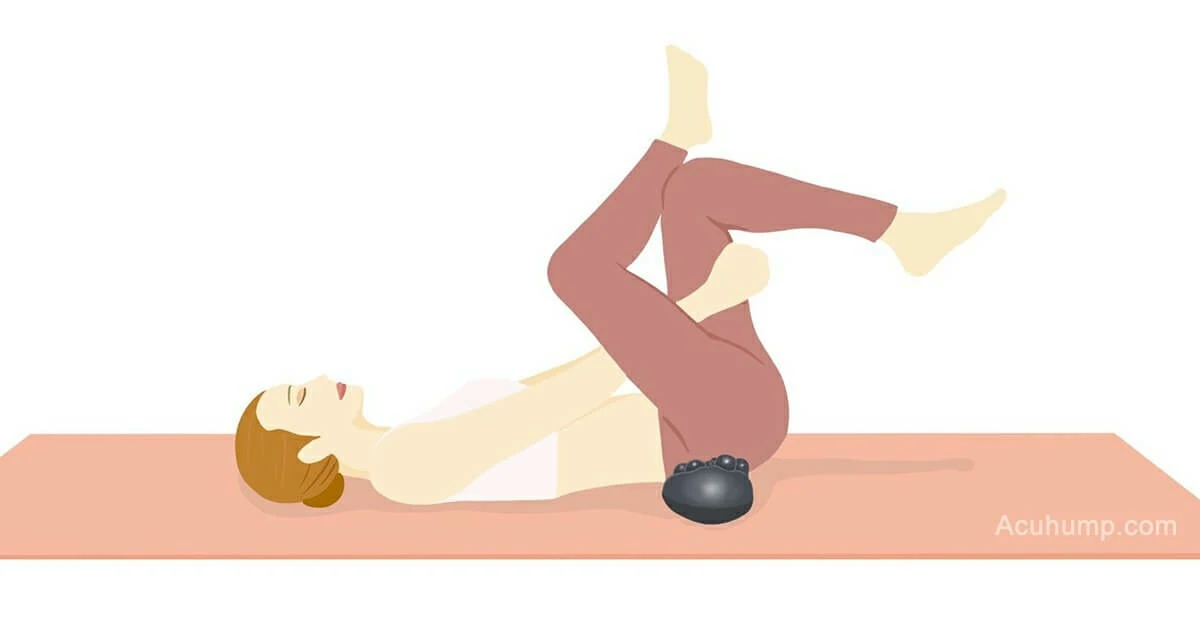
Acu-hump® Release Buttock Muscles
Self Massage Hip Muscles
Adding Acu-hump stretches to your routine can specifically target the piriformis muscle and surrounding tissues.
Acu-hump is a massage tool with 14 rounded bumps that can be placed under the buttock to stretch and release tension.
By using Acu-hump, you can apply controlled pressure to the piriformis muscle, promoting relaxation and reducing muscle tightness.
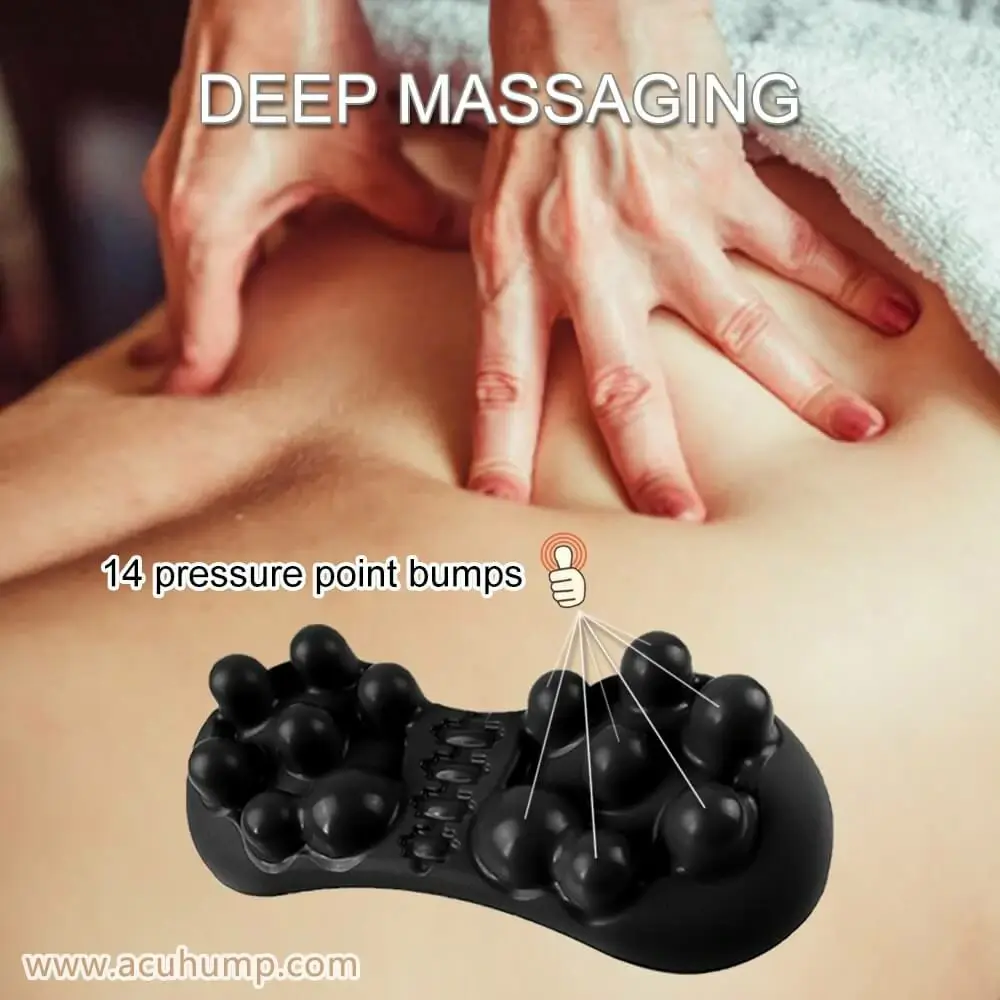
Acu-hump: 30-day return policy. No risk for you.
Relax Your Hip Muscles
Furthermore, incorporating regular massages into your routine can also provide significant relief. Massaging the buttock muscles helps increase blood flow, relaxes the surrounding tissues, and reduces inflammation.
You can opt for self-massage tools or seek the assistance of a qualified massage therapist. It’s important to communicate any specific concerns or areas of discomfort to ensure an effective massage targeting the piriformis and gluteal muscles.
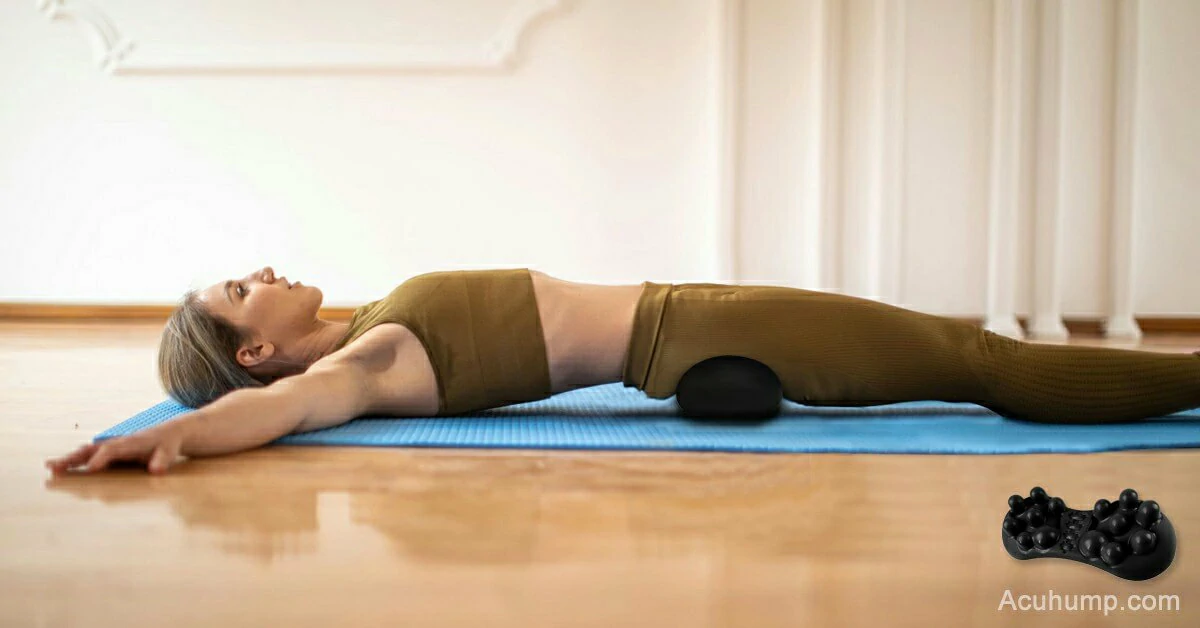
Acu-hump®
Release Butt & Hip
Try Stretching
While the connection between weak glutes and piriformis syndrome may not always be the sole cause of the condition, it is clear that strengthening the gluteal muscles plays a vital role in preventing or managing its symptoms. By focusing on targeted glute stretches to improve muscle imbalances, individuals can reduce the strain on the piriformis muscle and promote overall hip and pelvic stability.
Remember to consult with a healthcare professional or a qualified fitness instructor to develop a personalized exercise plan that aligns with your specific needs and goals. So, let’s bid farewell to weak glutes and embrace a stronger, pain-free posterior!
